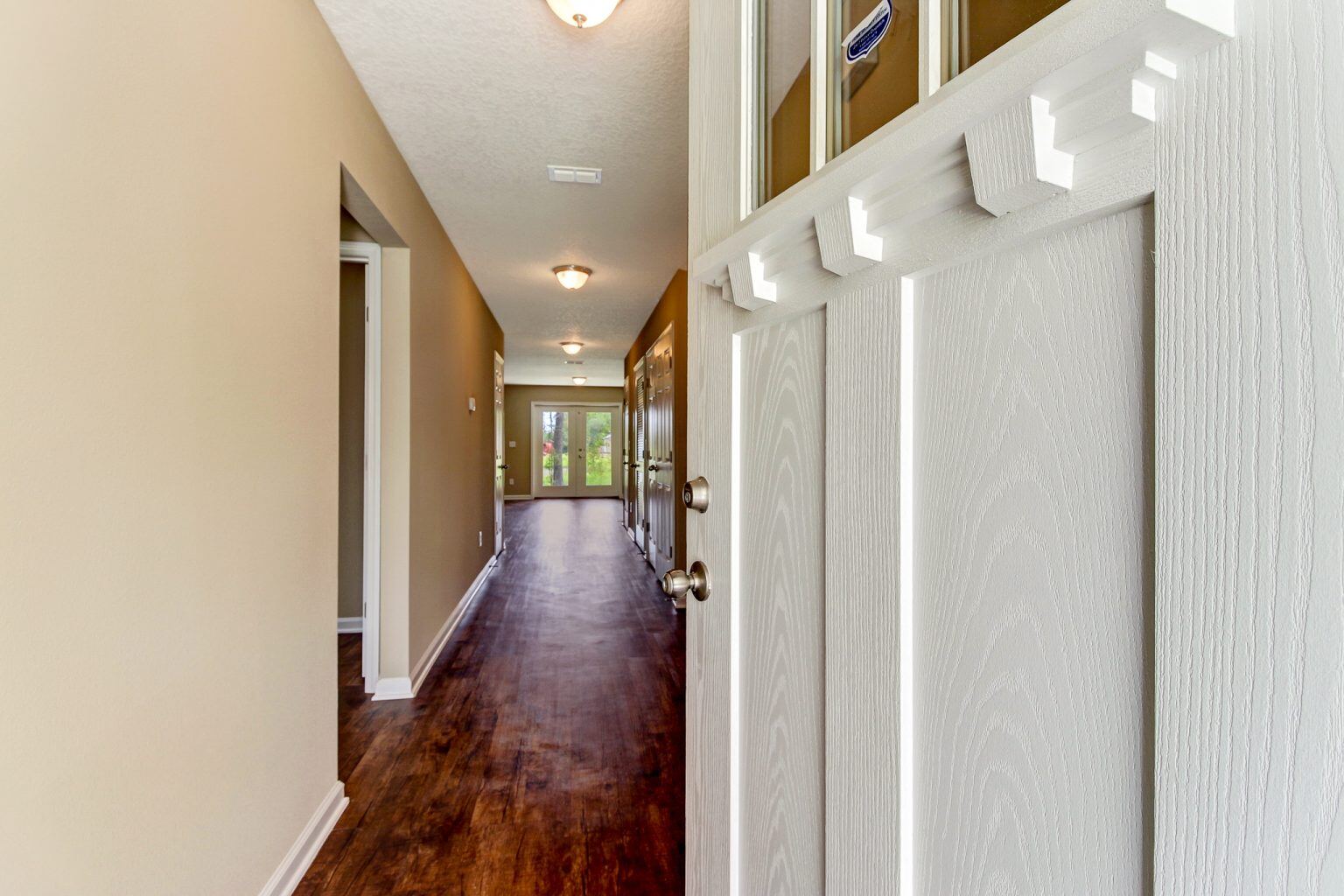Allowing pets in your rental property can be a tricky decision to make as a landlord. While it can attract more potential tenants and even increase rent prices, it also comes with its own set of challenges. In this article, we will explore the pros and cons of allowing pets in your rental property so that you can make an informed decision.
Pros of Allowing Pets in Rental Properties
If you are a landlord or property manager, you may be wondering if allowing pets in your rental properties is a good idea. While there are certainly some drawbacks to allowing pets, there are also many benefits to consider. Here are some of the most significant advantages of allowing pets in your rental properties.
Attracting a Wider Tenant Pool
By allowing pets in your rental properties, you can attract a wider pool of potential tenants. According to the American Veterinary Medical Association, over 60% of U.S. households have pets. This means that if your rental property is not pet-friendly, you are missing out on a significant portion of the population. By opening up your property to tenants with pets, you can tap into a larger pool of potential renters and increase your chances of finding a qualified tenant.
Potential for Higher Rent and Longer Tenancy
Another significant advantage of allowing pets in your rental properties is the potential for higher rent and longer tenancy. Pet-friendly housing is in high demand, and tenants with pets are often willing to pay more for a property that allows their furry friends. Additionally, tenants with pets may be more likely to stay in a rental property for a longer period of time, as it can be more challenging to find pet-friendly housing.
Positive Impact on Tenants
Allowing pets in your rental properties can also have a positive impact on your tenants. Studies have shown that pets can reduce stress, anxiety, and depression, and encourage exercise. For example, people with dogs tend to have higher levels of physical activity than those without dogs. Additionally, service animals and emotional support animals can provide important support to tenants with disabilities.
Cons of Allowing Pets in Rental Properties
While there are certainly benefits to allowing pets in your rental property, there are also some drawbacks that you should consider before making a decision. In this section, we will explore some of the potential risks and concerns associated with allowing pets in your rental property.
Risk of Property Damage and Noise
One of the biggest concerns that landlords have when it comes to allowing pets in their rental units is the risk of property damage. Pets can be notorious for causing damage to carpets, walls, doors, and flooring, which can be expensive to repair. Additionally, pets can be disruptive and cause noise complaints from neighbors.
To mitigate the risk of pet-related damage, it’s important to have a clear pet policy in place that outlines the expectations for responsible pet ownership. This may include requiring a pet deposit or fee, having a pet addendum to the lease agreement, and setting rules for pets in common areas.
Potential Allergy Issues and Liability
Another concern with allowing pets in rental properties is the potential for allergies and liability. Some tenants may be allergic to pets, which could lead to health issues and complaints. Additionally, landlords may be held liable for any injuries or damages caused by pets on the property.
To address these concerns, it’s important to be transparent with tenants about your pet policy and to require responsible pet ownership. This may include requiring proof of vaccinations and liability insurance for pets.
Additional Costs and Management Concerns
Allowing pets in your rental property can also come with additional costs and management concerns. For example, you may need to hire a professional cleaning service to remove pet odors and hair from the unit between tenants. Additionally, you may need to provide additional property management services to address pet-related issues.
To offset these costs, landlords may consider charging a pet deposit or fee, which can help cover any additional cleaning costs or property damage caused by pets.
Overall, while there are certainly benefits to allowing pets in your rental property, there are also some drawbacks that should be carefully considered. By having a clear pet policy in place and requiring responsible pet ownership, you can help mitigate some of these risks and concerns.

